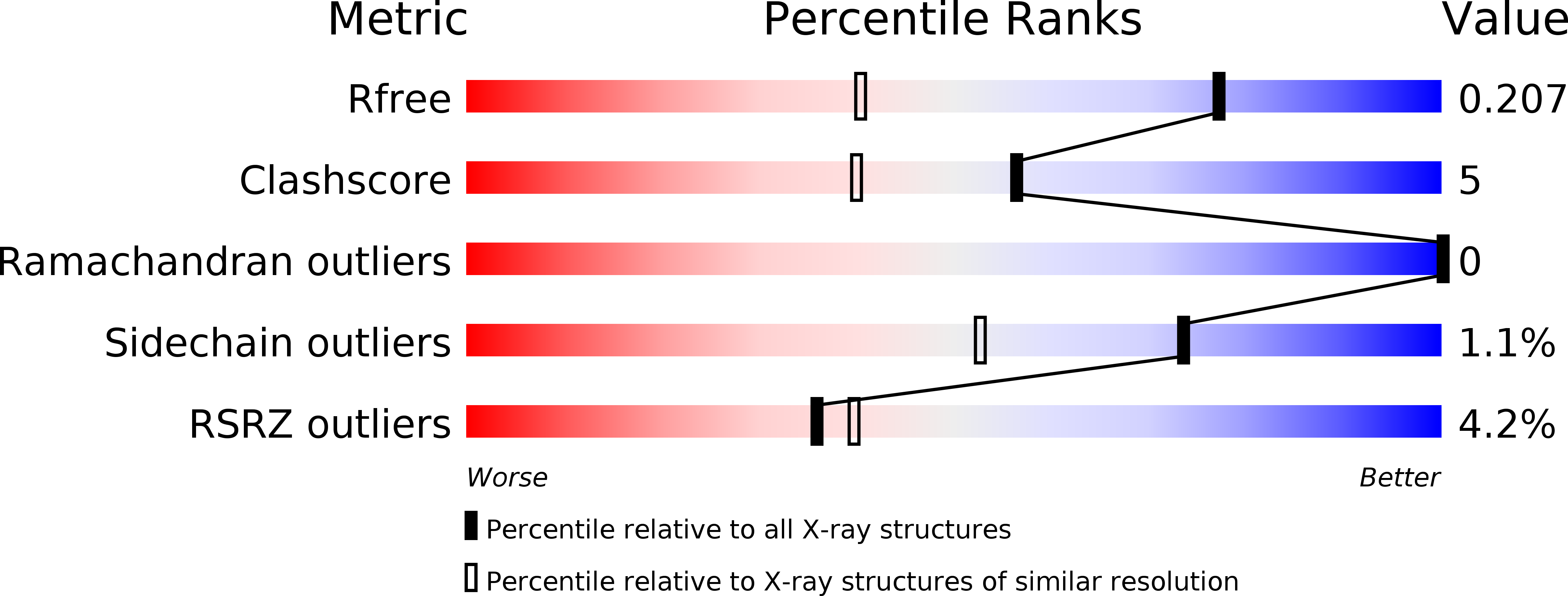
Deposition Date
2011-09-12
Release Date
2011-09-28
Last Version Date
2024-02-28
Entry Detail
PDB ID:
3TS3
Keywords:
Title:
Crystal structure of the projection domain of the turkey astrovirus capsid protein at 1.5 angstrom resolution
Biological Source:
Source Organism:
Turkey astrovirus 2 (Taxon ID: 246343)
Host Organism:
Method Details:
Experimental Method:
Resolution:
1.49 Å
R-Value Free:
0.20
R-Value Work:
0.17
R-Value Observed:
0.17
Space Group:
P 1 21 1


